Changing Tastes: A Shift Away from Plush Furnishings
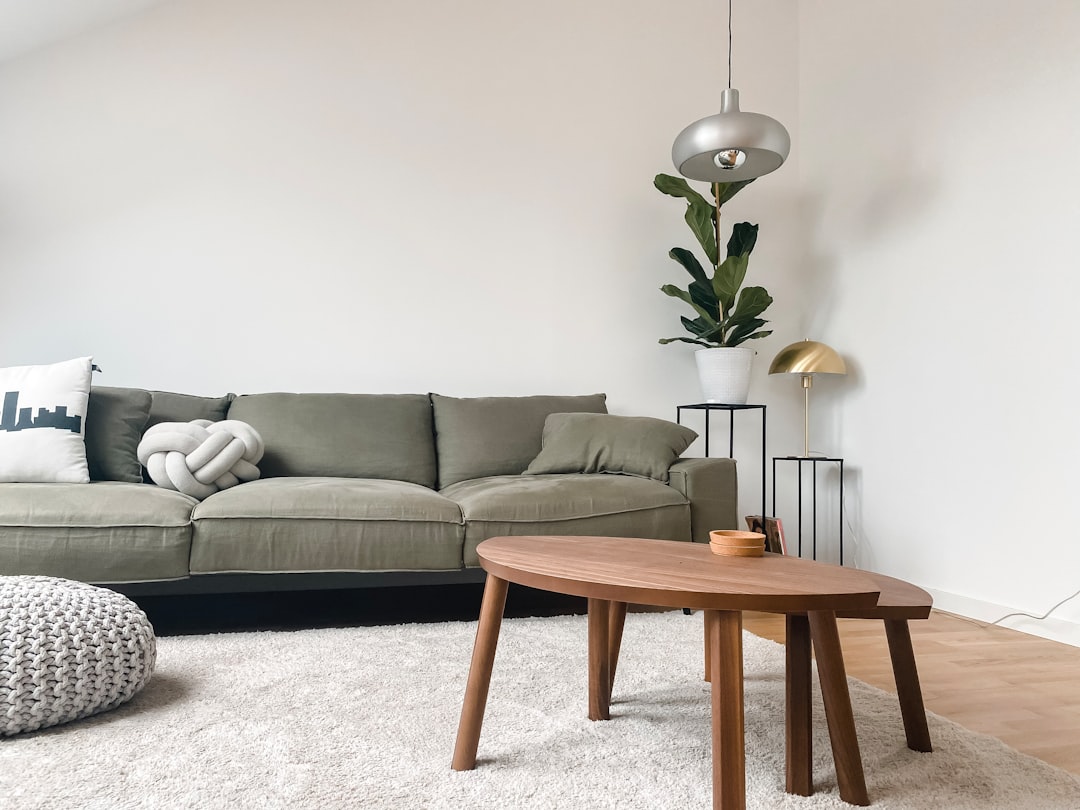
In 2025, the home decor landscape is seeing a surprising transformation. Market analysts have reported a noticeable drop in demand for once-popular comfort staples like recliners and tufted headboards. According to the Home Furnishings Association, sales of plush, overstuffed furniture have dropped by nearly 18% compared to 2022. People are starting to favor clean lines and minimalist aesthetics, saying goodbye to the padded, puffy look that dominated for years. Social media trends reflect this shift, with hashtags like #declutterhome and #minimalistliving gaining millions of views. Even on major e-commerce sites, listings for comfort-driven pieces are being replaced by sleeker, more functional alternatives. This move away from excessive comfort isn’t just about style—it’s a sign of changing values and a new vision for the modern home.
Wellness Over Softness: Rethinking Ergonomics
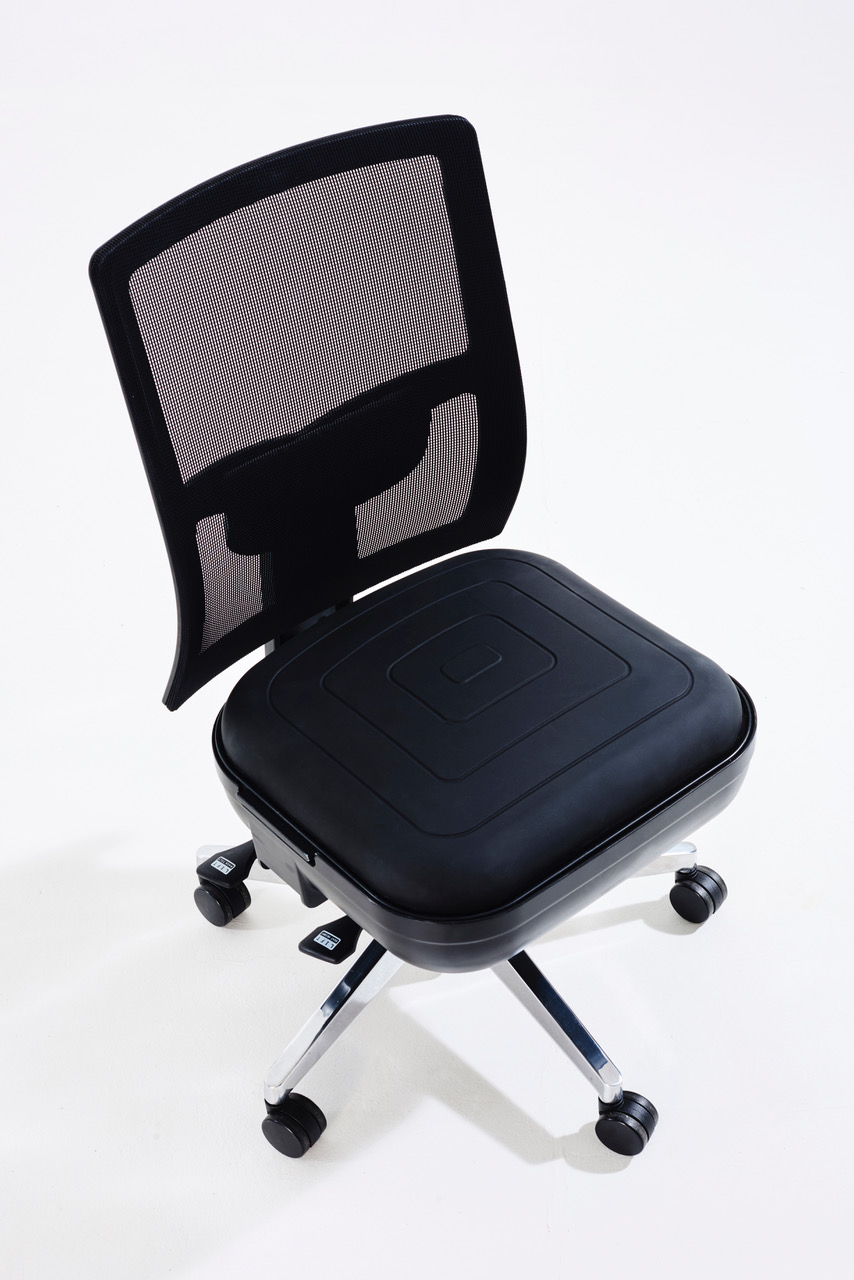
A growing body of research suggests that what feels comfortable isn’t always what’s best for our bodies. The American Chiropractic Association warns that ultra-soft recliners and deep-cushioned sofas can actually worsen posture and lead to chronic pain. In 2024, a nationwide survey found that nearly 40% of adults experienced increased back discomfort after long-term use of overly plush seating. As awareness grows, consumers are looking for firmer, ergonomically designed furniture that promotes healthy alignment. Brands that previously marketed “sink-in” comfort are now pivoting to promote lumbar support and adjustable features. The desire for wellness is reshaping the very definition of comfort in our homes.
Minimalist Movement: Less Is More
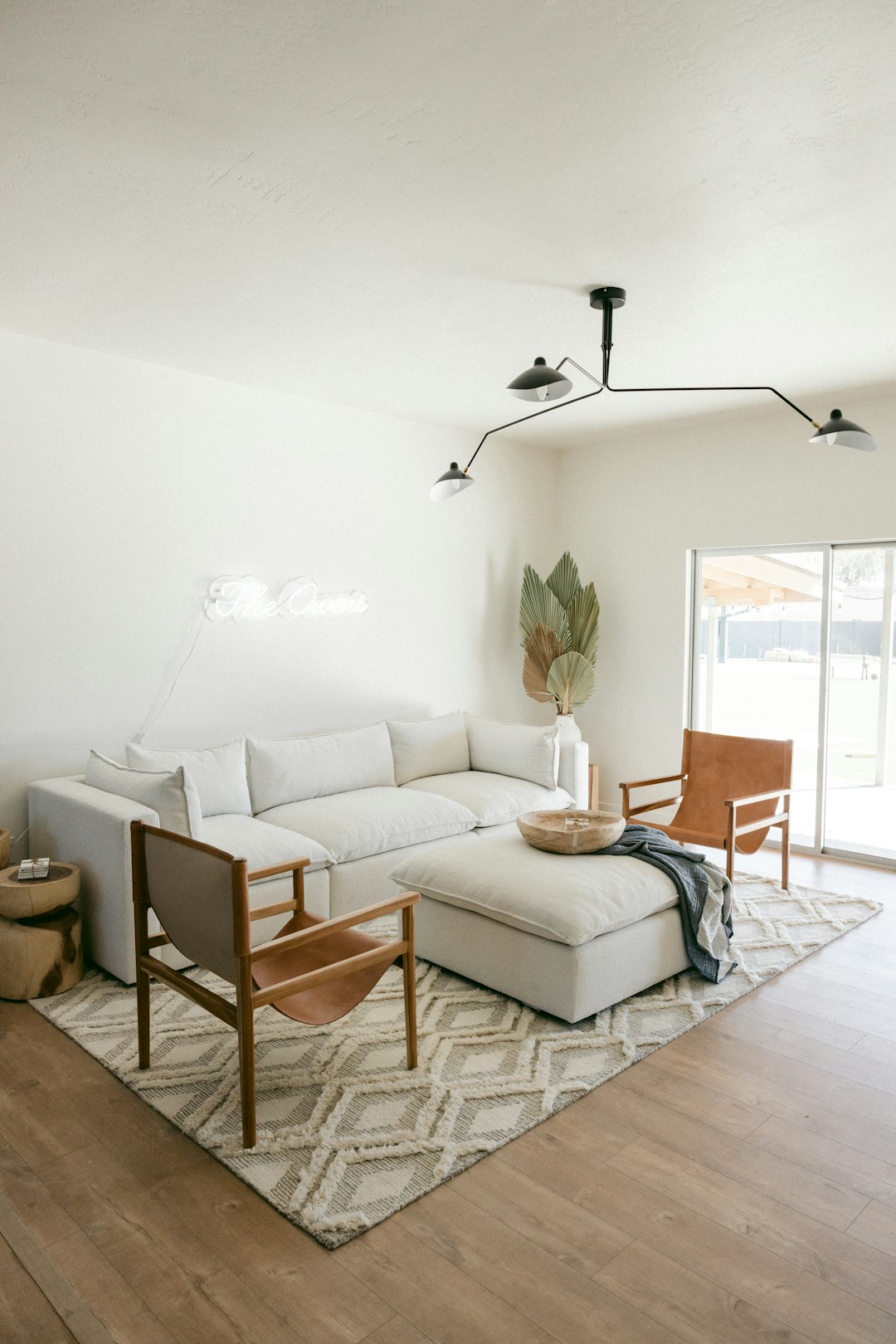
Minimalism is no longer just a buzzword—it’s a way of life for millions of people. In 2025, the “less is more” approach has gained even more traction, with interior designers recommending fewer, higher-quality pieces instead of rooms filled with bulky comfort traps. The National Association of Realtors has documented a 22% increase in home listings that highlight minimalist, streamlined interiors. This trend is reinforced by the popularity of decluttering experts and documentaries urging people to shed excess and embrace simplicity. The bulky recliner and tufted headboard, once seen as status symbols, now feel out of step with a culture that values space, light, and clarity.
Eco-Conscious Choices: Sustainability Takes Center Stage
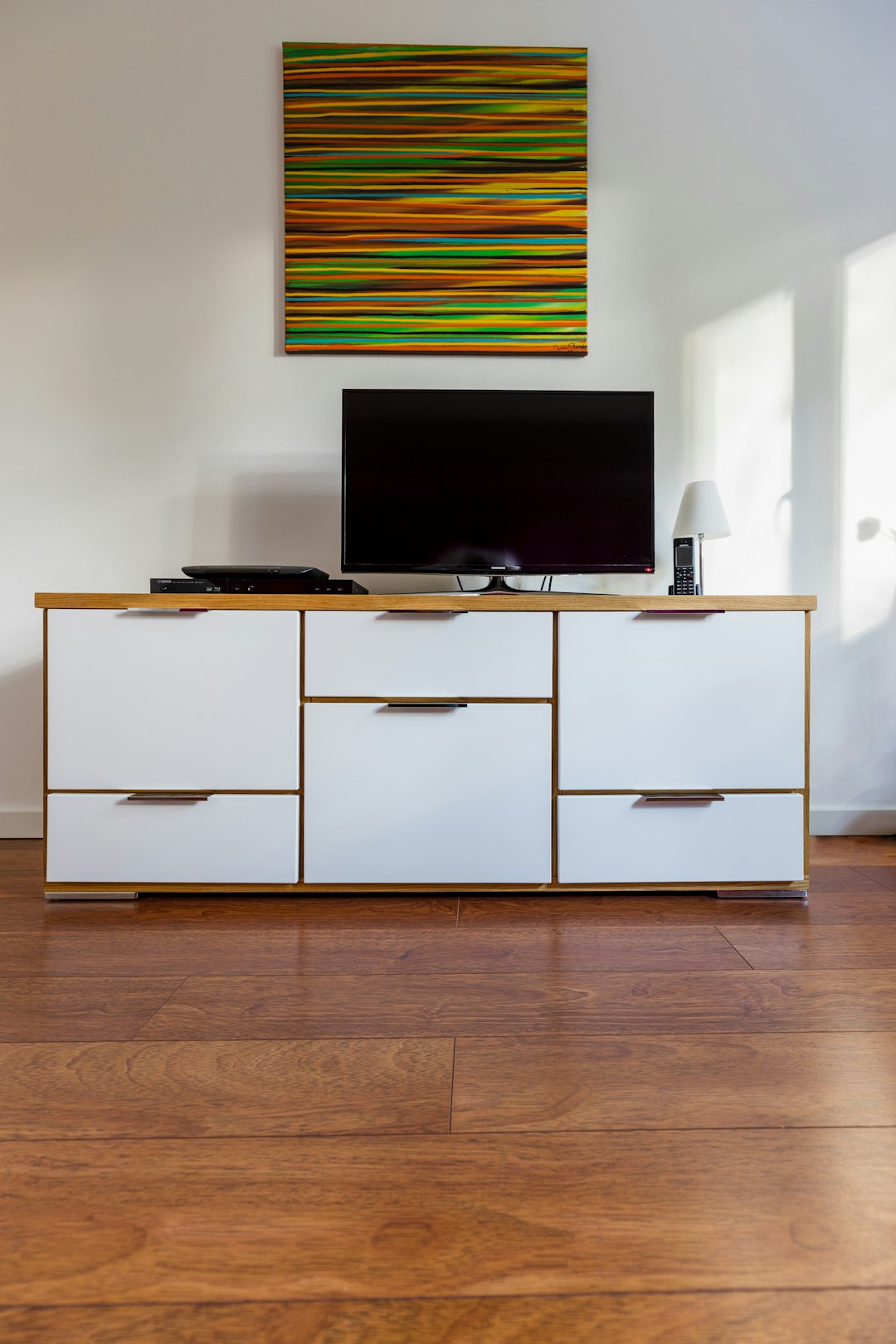
The push for sustainability is hitting the furniture world hard. Many comfort trap staples, like synthetic recliners and foam-filled headboards, are made from materials that are tough on the environment. According to a 2024 report from the Environmental Protection Agency, bulky upholstered furniture contributes significantly to landfill waste, with millions of pieces discarded each year. Consumers in 2025 are increasingly opting for furniture made from recycled, renewable, or biodegradable materials. Sleek wood frames, organic linens, and multi-functional designs are replacing the foam and polyester giants of the past. The planet-friendly approach is becoming a top priority, especially for younger buyers.
Rising Real Estate Prices: Downsizing Drives Change
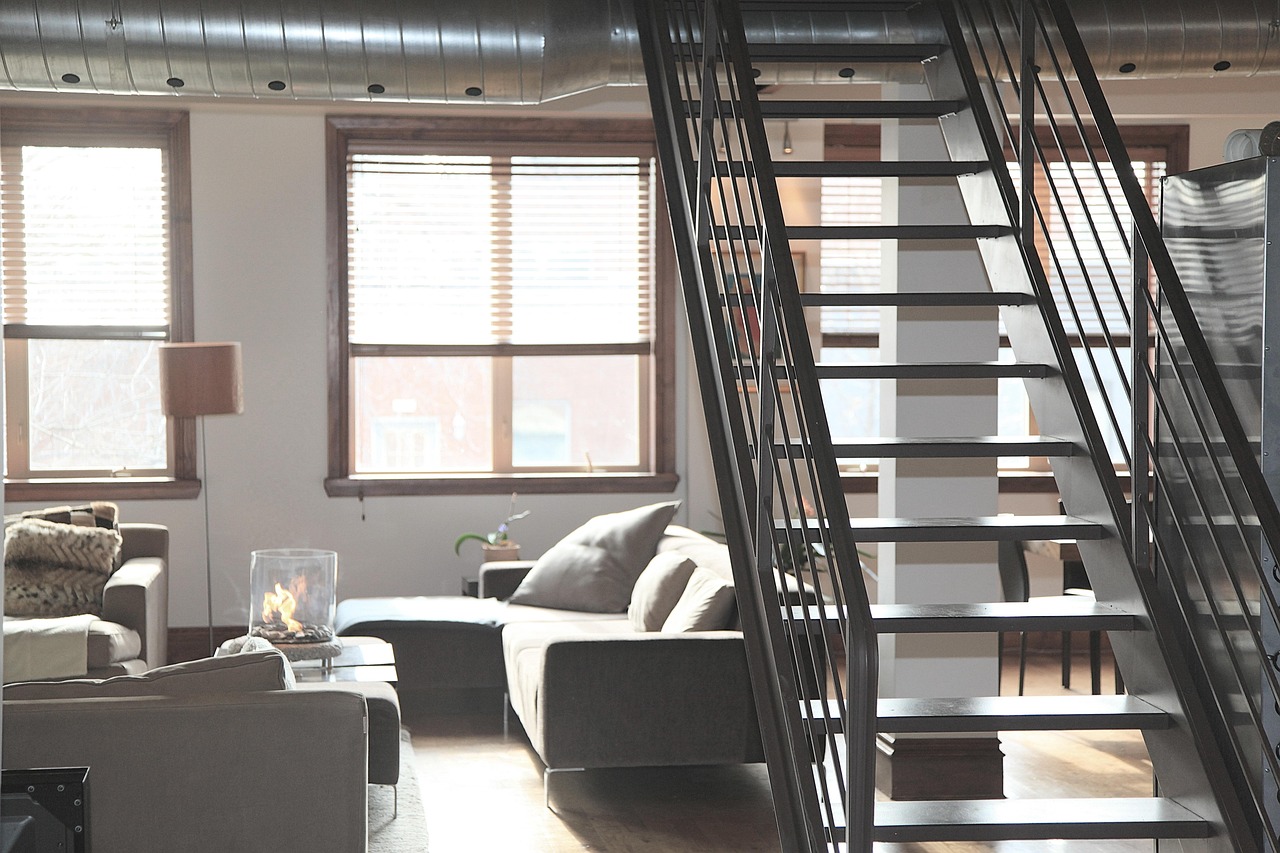
With real estate prices soaring in cities around the world, living spaces are shrinking. The U.S. Census Bureau revealed that the average size of new apartments in urban areas dropped by nearly 12% between 2020 and 2024. As people downsize, they’re forced to make tough choices about what furniture to keep. Bulky recliners and oversized headboards simply don’t fit in compact living spaces. Multi-purpose, space-saving furniture is in high demand, pushing comfort traps out the door. The new mantra, according to real estate experts, is “live smaller, live smarter.”
Influencer Impact: Social Media Redefines Cozy
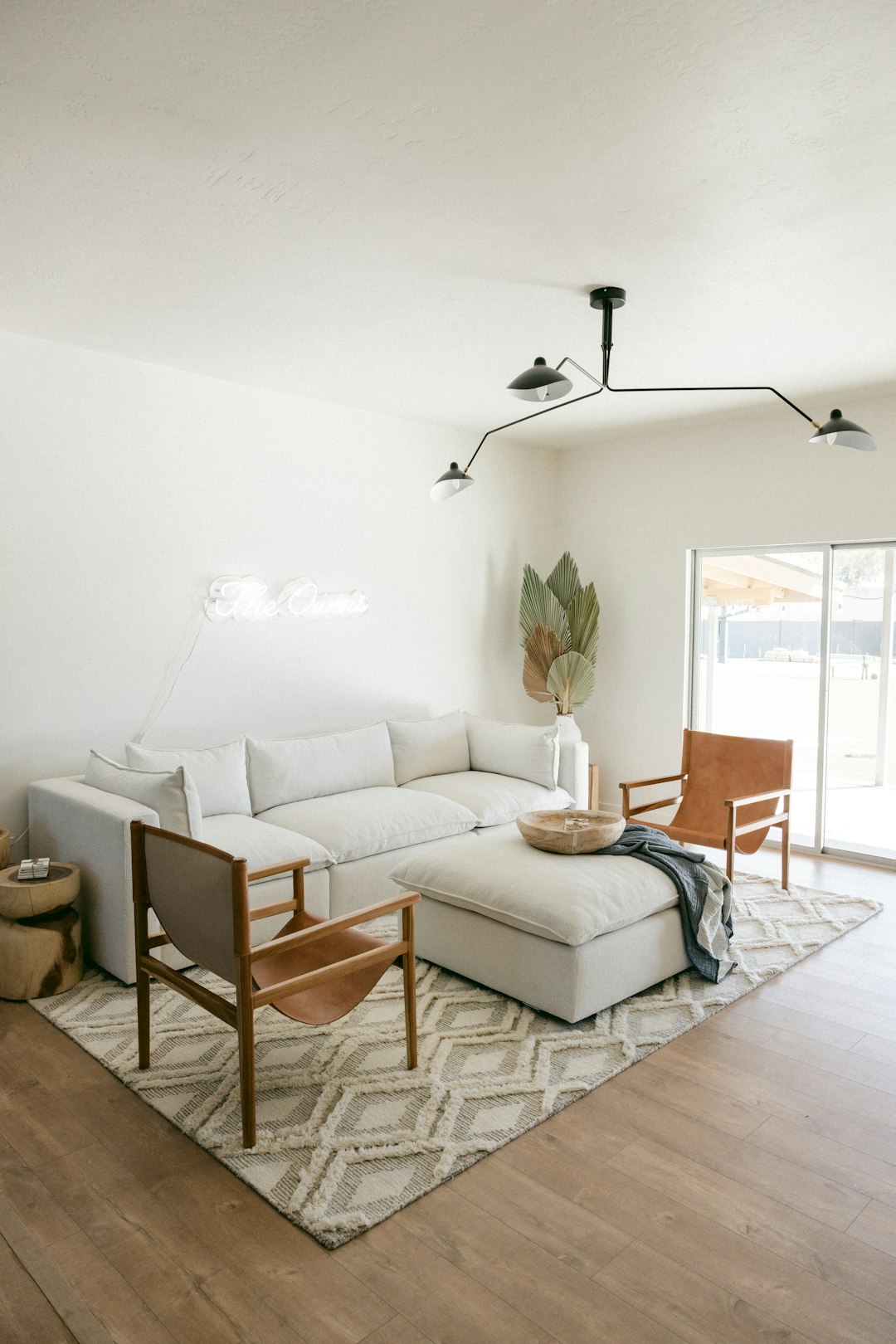
Social media influencers are powerful drivers of home trends, and they’re changing the narrative around comfort. Instead of showcasing overstuffed sofas and plush beds, leading influencers are promoting airy, open spaces with clean lines and neutral tones. In 2025, a viral TikTok trend called “Cozy, Not Cluttered” encouraged millions to swap out bulky comfort items for lighter, more versatile furniture. Instagram posts featuring minimalist bedrooms and streamlined living rooms consistently get more engagement than traditional “cozy corners.” Influencers’ aesthetic choices are playing a direct role in the decline of old comfort traps.
Post-Pandemic Lifestyles: Functionality Comes First
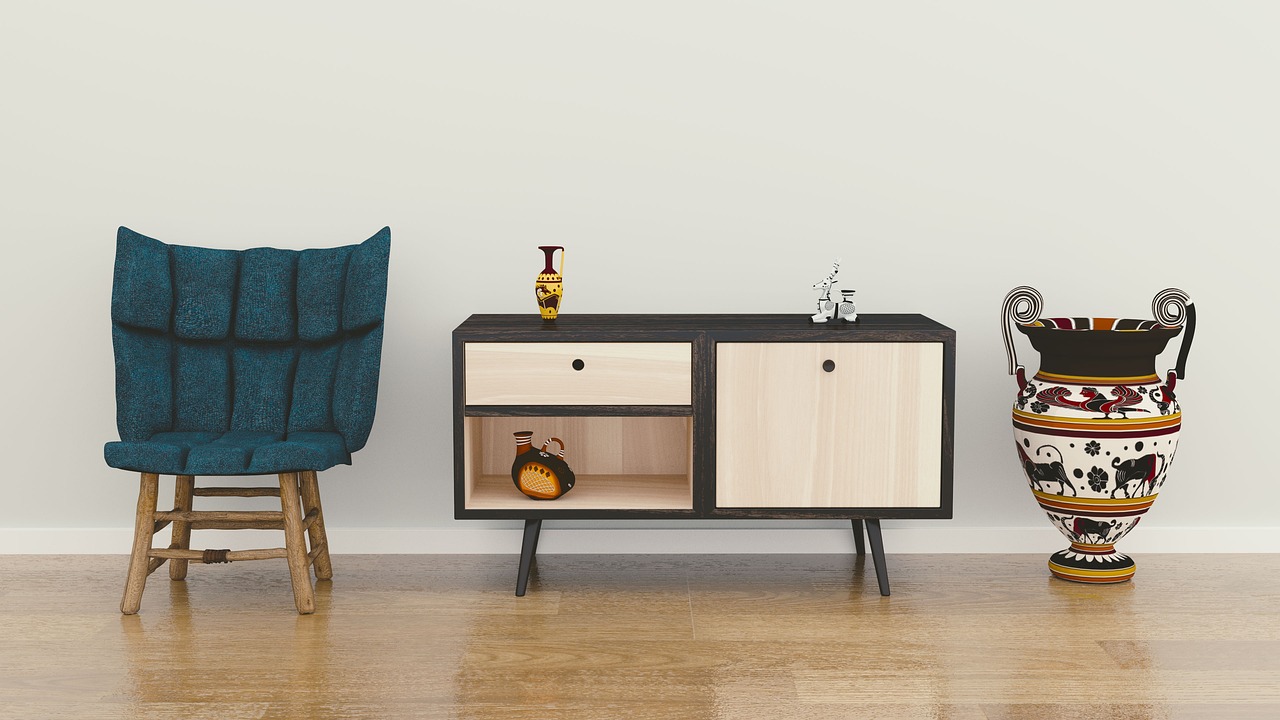
The pandemic era made people rethink how they use their homes. With more people working, exercising, and relaxing in the same space, there’s less room for decorative or single-use comfort pieces. According to a 2024 study by the Pew Research Center, 62% of respondents said they now prioritize furniture that offers multiple functions—like fold-out desks or storage beds—over pieces that exist solely for comfort. This shift in daily habits is making traditional recliners and tufted headboards seem outdated and impractical. People want their furniture to adapt as quickly as their lives do.
Retailers React: Showrooms Evolve
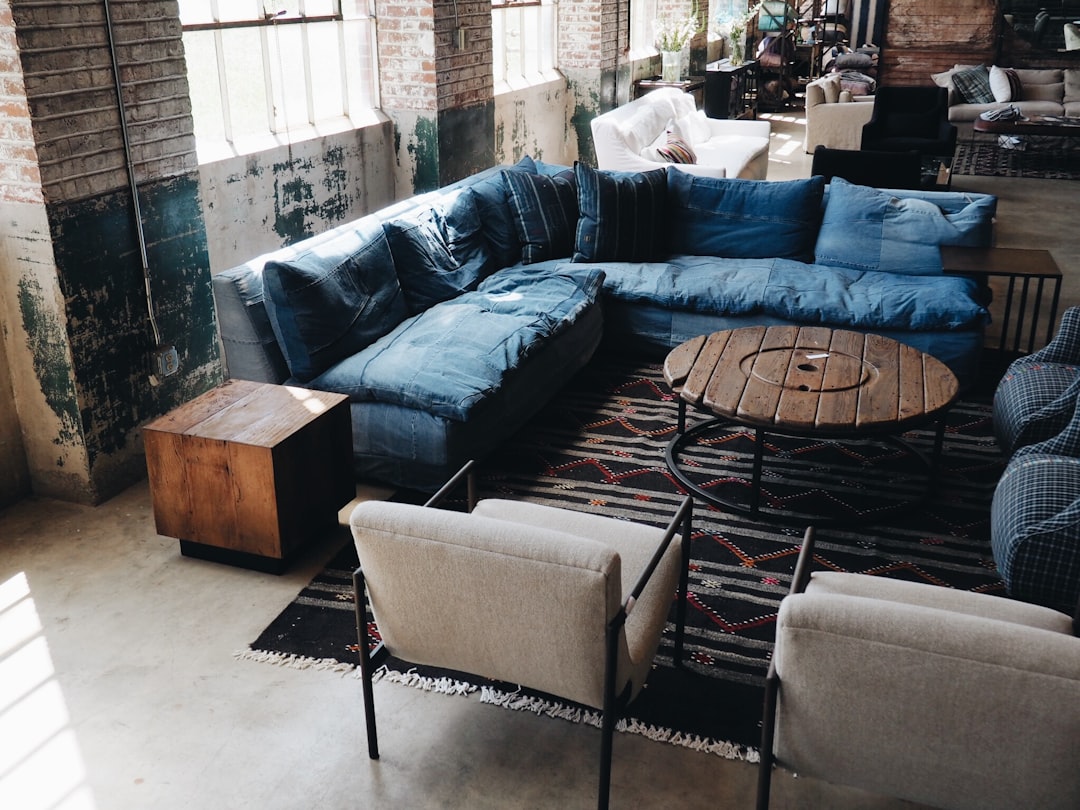
Major furniture retailers are responding to shifting consumer tastes by revamping their showrooms. In 2025, big-box stores like IKEA and Wayfair have drastically reduced the floor space dedicated to comfort traps. Instead, they’re showcasing modular sofas, stackable chairs, and minimalist bed frames. Company executives have cited internal sales data showing a 25% drop in purchases of overstuffed recliners and similar items since 2022. Store layouts now reflect current demand, demonstrating how quickly the market can pivot in response to cultural change.
Generational Divide: Young Buyers Lead the Charge
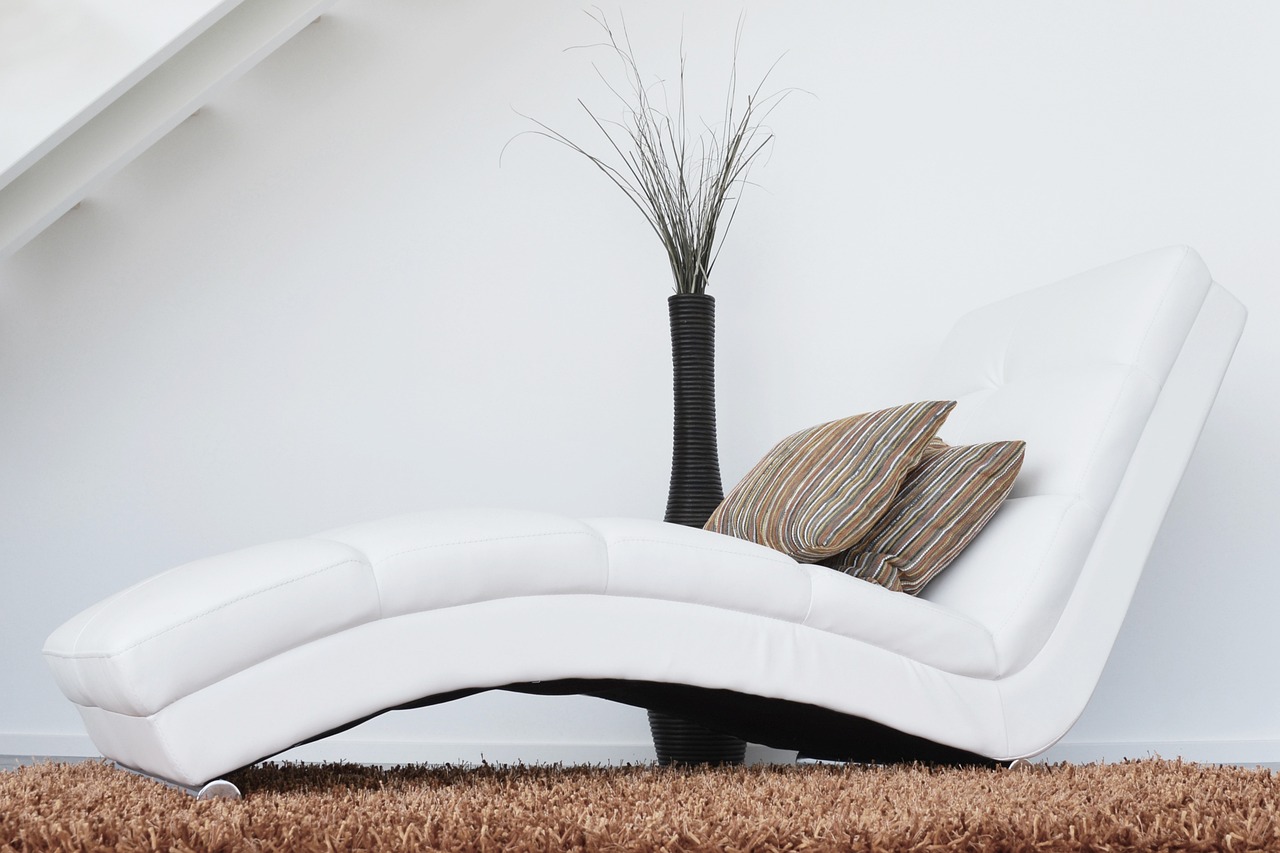
Younger generations are at the forefront of this new wave of furniture trends. A 2025 survey from the Furniture Retail Association found that 71% of Gen Z and Millennial buyers prefer minimalist and multi-functional furniture over traditional comfort pieces. For them, tufted headboards and massive recliners are “old-fashioned” and even a little embarrassing. They are more likely to choose modular sofas, futons, or sleek platform beds that reflect their mobile, flexible lifestyles. The generational gap is pushing brands to innovate and leave outdated comfort traps behind.
The Future of Comfort: Redefining What Feels Good

Comfort is being reimagined in 2025. Rather than equating comfort with softness or padding, consumers are exploring what truly makes a space feel good—things like natural light, air flow, and emotional well-being. Designers are focusing on sensory experiences, incorporating calming colors, textures, and scents. The decline of traditional comfort traps signals a broader cultural shift: people want homes that support their health, their values, and their ever-changing lives. The furniture that fills our spaces is evolving right alongside us.

Matthias is a skilled author and digital storyteller with a focus on travel journalism, environmental issues, and modern home design. With a background in communications and a passion for global cultures, Matthias crafts engaging narratives that blend real-world exploration with thoughtful analysis and visual flair.
His writing reflects a deep interest in how climate change shapes our lives and lifestyles—from sustainable travel practices to eco-friendly living environments. Known for his clear, approachable voice and sharp editorial instincts, Matthias delivers content that resonates with readers seeking both inspiration and substance.
Whether reporting from remote destinations, breaking down sustainable design trends, or spotlighting innovative green initiatives, Matthias brings a global perspective and an eye for detail to every piece. He regularly contributes to web platforms and editorial projects that aim to foster awareness, creativity, and conscious living.

